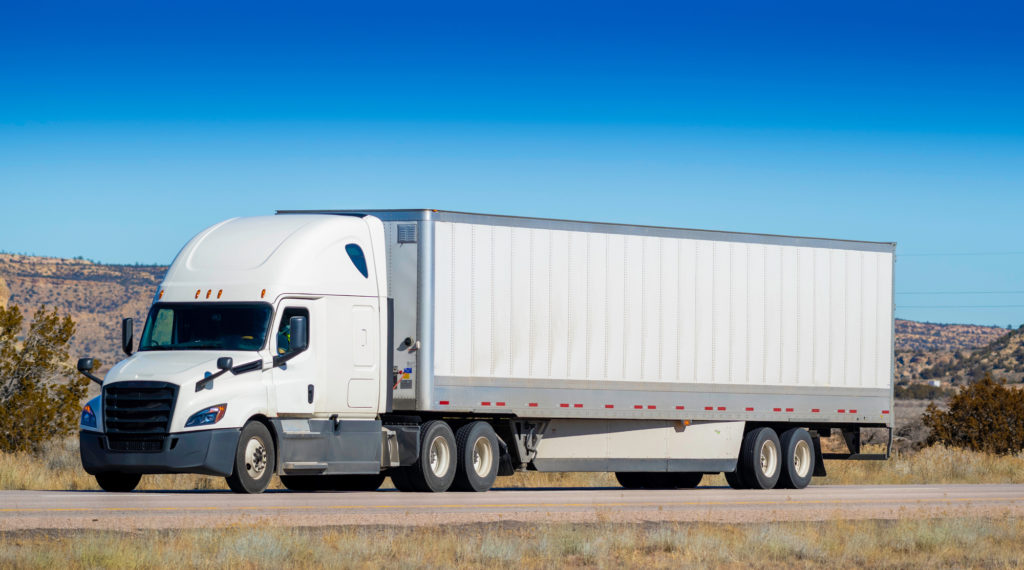Truck Accident Lawyer
As a driver of a smaller passenger vehicle, we must do our part by being aware of the limitations and hazards that larger commercial vehicles such as tractor-trailers possess. As a truck accident lawyer Dallas TX drivers trust to provide an exceptional level of service can explain, the more you know and put into practice, the safer roadways will be for everyone.
Pass on the left & keep right
A good rule of thumb for any driver on the road, regardless of vehicle size, is to always try to pass on the left. The main blindspot is on the back right for vehicles where the driver’s seat is on the left. When you approach a slower vehicle from the back right, you are crossing through their main blindspot. They could suddenly decide to merge right while you are situated in their blindspot, causing an accident. The same thing applies to larger trucks but to a more extreme degree. To be safe, it is best to be aware of where blind spots are for other vehicles and avoid riding or passing in blindspots.
One of the main causes of accidents between large trucks and cars is making left turns in front of trucks while traveling at highway speeds.
Intersection Stop Lines & Large Truck Turning Radiuses
When approaching an intersection to make a stop for a red light or stop sign, always stop well before the white painted stop line if there is one. At the bare minimum, you should be able to see the entire white line above the hood of your car. By stopping beyond this line, your car is now in a danger zone, where other vehicles may need to compensate by navigating around the front of your car. This rule is especially important for larger vehicles, such as semi-trucks that make wide turns and have wide turning radiuses.
Pass or keep back
When traveling at speed on roads with more than one lane, avoid traveling next to large trucks if possible. Large trucks are more vulnerable to drifting into adjacent lanes while traveling. Additionally, large truck and bus blindspots are expensive compared to smaller passenger vehicles, making travel next to them more risky. If you need to pass, pass on the left, and keep going before merging.
Safe following distances for larger vehicles
Four seconds is the general minimum amount of time between your vehicle and a large vehicle at speeds of 46-70 mph. Add one second to that 4 second minimum for every 10 feet in length. For example, for a 65 foot truck and trailer, the safe following distance between a passenger vehicle and a commercial truck would be about 10 seconds. In less than optimal conditions such as heavy traffic this is not always possible. Allow as much space between your vehicle and large trucks as possible given the current traffic.
“No Zones”
As a driver of a smaller passenger vehicle, be aware of what commercial truck drivers call “No Zones”. No zones are areas that the large vehicle driver cannot see in their mirrors or directly through their windows or windshield. No zones exist on all four sides of a large commercial vehicle, such as a tractor-trailer. Another general rule is that if you as a small vehicle driver cannot see an oversized vehicle’s mirrors, they cannot see you – which presents a potential collision hazard.
Thanks to Brandy Austin Law Firm, PLLC for providing their expertise on the subject of truck-related safety and accidents.

